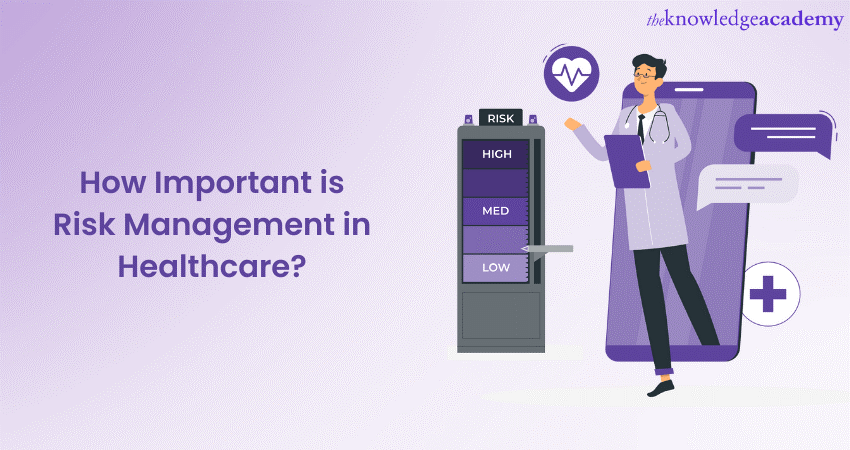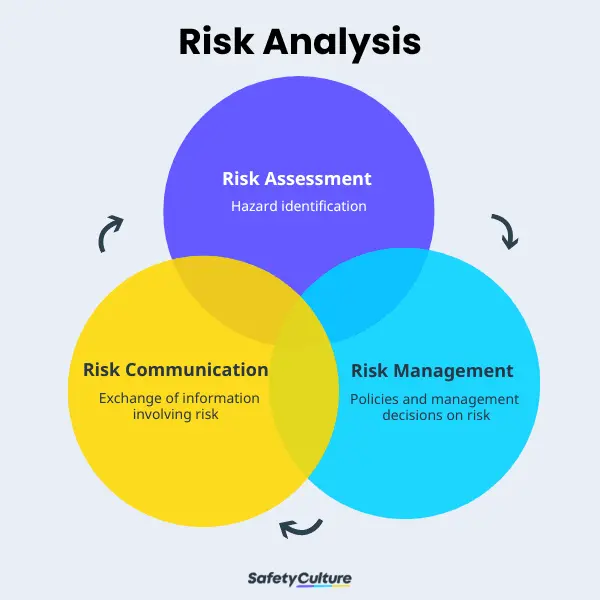The Rising Importance of Risk Management in Healthcare and Safety
The Rising Importance of Risk Management in Healthcare and Safety
Blog Article
Discovering the Importance of Risk Management for Effective Decision-Making Approaches
In the intricate world of organization, Risk Management arises as a critical element in the decision-making procedure. The capacity to identify possible threats and possibilities, and plan appropriately, can spell the difference between success and failure. With devices such as SWOT and PESTEL, companies are equipped to make informed choices, fostering strength and flexibility in an ever-changing environment. Wondering just how this functions? Allow's unload the dynamics additionally.
Understanding the Principle of Risk Management
Risk Management, an essential element in decision-making, is usually misunderstood or oversimplified. Generally, it refers to the identification, analysis, and prioritization of risks to reduce, keep track of, and control the chance or impact of unfavorable occasions. It's not merely concerning stopping negative outcomes, but likewise regarding recognizing potential possibilities. Risk Management involves self-displined and organized approaches, utilizing information and informative assessments. It requires a comprehensive understanding of the organization's context, purposes, and the prospective dangers that can combat them. From monetary unpredictabilities, lawful obligations, tactical Management mistakes, to crashes and natural disasters, it resolves different threats. Importantly, efficient Risk Management is not stationary; it's a constant, positive process that advances with altering circumstances.
The Function of Risk Management in Decision-Making Processes
In the realm of strategic preparation and business procedures, Risk Management plays an integral role in decision-making procedures. Risk Management thus comes to be a crucial tool in decision-making, aiding leaders to make educated selections based on a comprehensive understanding of the threats involved. Risk Management serves as a crucial part in the decision-making processes of any type of organization.

Just How Risk Management Improves Strategic Preparation
In the context of tactical planning, Risk Management plays an essential role. Launching with the identification of prospective risks, it further includes the implementation of Risk mitigation measures. The role of Risk Management is not fixed however dynamic, as it demands consistent surveillance and adjusting of approaches.
Recognizing Potential Risks

Executing Risk Mitigation
Having developed the value of recognizing prospective threats, the next action is to explore Risk mitigation. This process involves creating and executing strategies to take care of determined risks properly. It is an essential facet of tactical preparation as it boosts decision-making by minimizing potential unfavorable results. Risk mitigation strategies can vary from Risk avoidance, Risk transfer, to run the risk of decrease. Each strategy must be tailored to the certain Risk, considering its possible impact and the organization's Risk resistance. Furthermore, effective Risk reduction calls for a deep understanding of the Risk landscape and the potential impact of each Risk. This understanding makes it possible for organizations to focus on dangers and allot resources efficiently, making certain that one of the most significant dangers are addressed first.
Tracking and Readjusting Strategies
Though Risk mitigation is an essential action in strategic planning, continual surveillance and change of these methods is similarly vital. This recurring process enables organizations to recognize brand-new risks and reassess existing ones, guaranteeing the carried out approaches stay reliable in the ever-changing company setting. It also supplies an opportunity to examine the success of the Risk Management steps, allowing modifications to be helpful resources made where required, additional boosting calculated preparation. Reliable monitoring and adjustment require making use navigate to this site of analytics and vital efficiency indications (KPIs) to gauge performance. These tools offer useful data-driven insights that can notify calculated decision-making. Monitoring and readjusting Risk Management methods is an essential component for improving an organization's durability and critical preparation.
Instance Researches: Successful Risk Management and Decision-Making
In the world of organization and finance, successful Risk Management and decision-making frequently serve as the pillars of thriving business. These situations highlight the worth of astute Risk Management in decision-making procedures. These cases underscore the critical role of Risk Management in strategic decision-making.
Tools and Techniques for Effective Risk Management
Navigating the detailed maze of Risk Management needs the best set of devices and strategies. These tools, such as Risk signs up and warm maps, aid in recognizing and assessing potential dangers. Methods include both quantitative approaches, like sensitivity analysis, and qualitative approaches, such as SWOT analysis. These assistance in prioritizing dangers based on their prospective effect and probability. Risk response approaches, a vital element of Risk Management, entail accepting, preventing, moving, or mitigating threats. Monitoring and regulating risks, via routine audits and testimonials, guarantee that the techniques remain effective. With these techniques and tools, decision-makers can browse the complicated landscape of Risk Management, thereby facilitating educated and effective decision-making.
Future Fads in Risk Management and Decision-Making Methods
As we discover the vast landscape of Risk Management, it comes to be obvious that the tools and methods utilized today will certainly continue to advance. The principle of Risk culture, where every participant of an organization is aware and entailed in Risk Management, will acquire extra prominence. These fads herald a more comprehensive and positive approach towards Risk Management and decision-making.
Final thought

Risk Management therefore becomes an important tool in decision-making, assisting leaders to make informed choices based on a thorough understanding of the dangers involved. Risk reduction techniques can range from Risk evasion, Risk transfer, to run the risk of reduction (importance of risk management). Efficient Risk mitigation needs a deep understanding of the Risk landscape and the possible impact of each Risk. Risk action techniques, a key element of Risk Management, include approving, preventing, transferring, or mitigating dangers. The principle of Risk society, where every member of an organization is mindful and entailed in Risk Management, will gain more prestige
Report this page